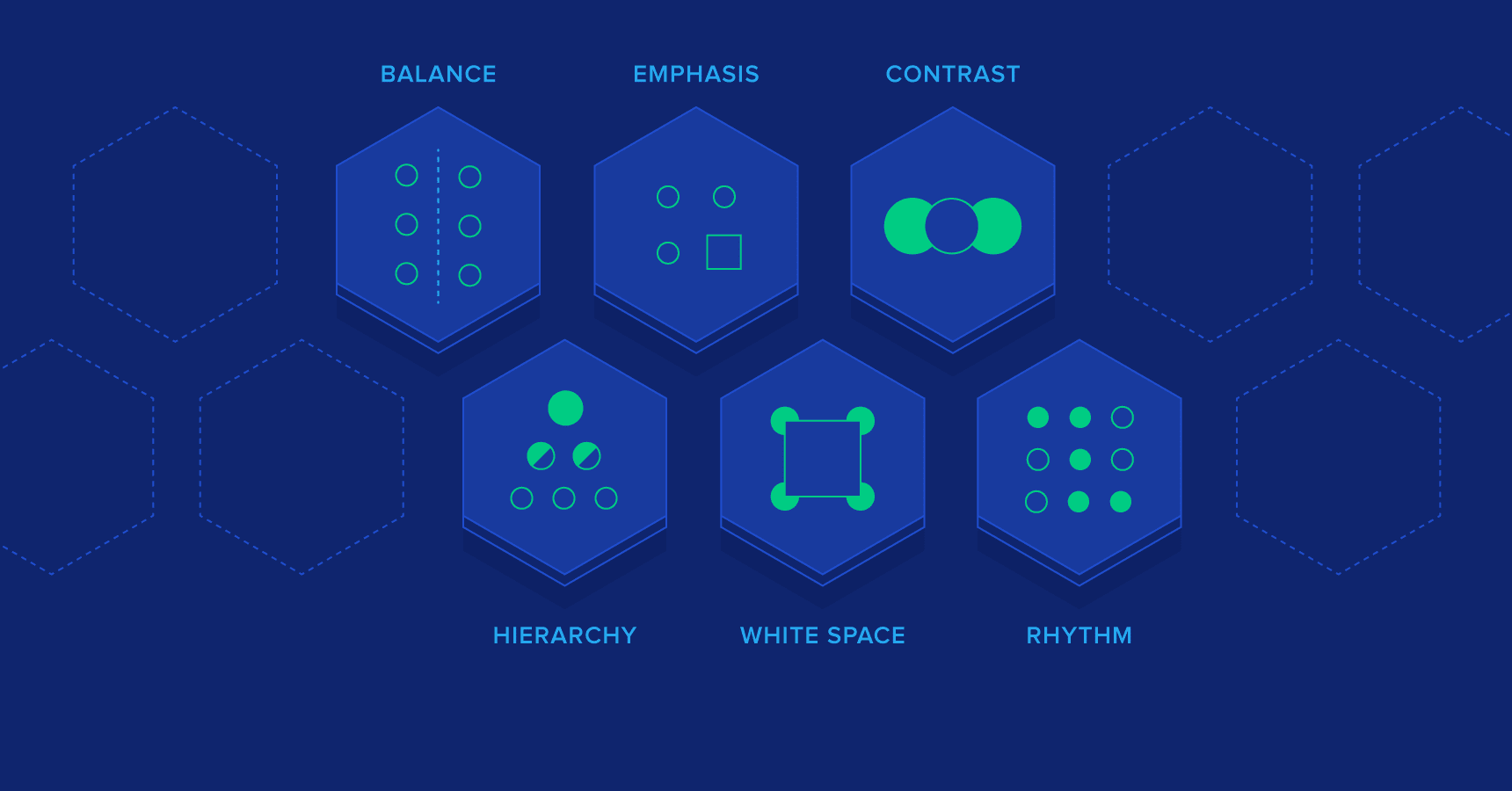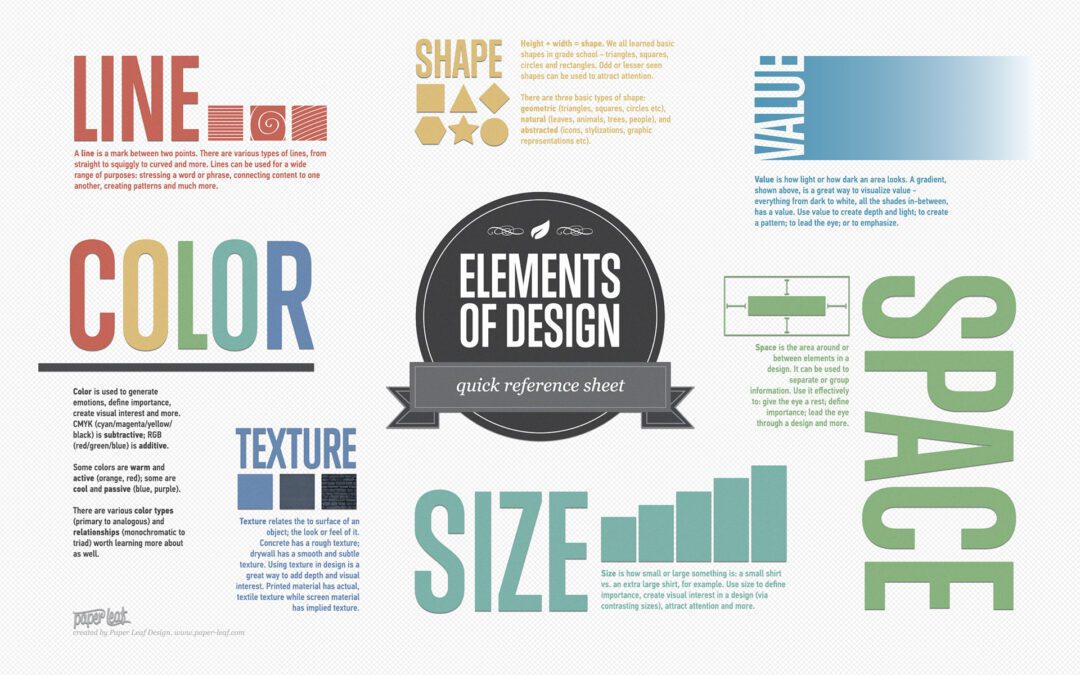Introduction
In today’s digital landscape, web design has become a powerful tool for individuals and businesses seeking to establish a strong online presence. The ability to captivate visitors, convey information effectively, and leave a lasting impression has elevated the art of web design to new heights. To truly unlock its potential, one must embark on a journey of mastering the digital canvas. This article will delve into the fundamental principles of design, the importance of user experience, the art of responsive design, and the need to stay updated with emerging trends. By exploring these aspects, we will uncover the secrets to creating visually striking, user-friendly, and impactful websites that stand out in the vast digital realm.
I. Understanding the Fundamental Principles of Design

Design plays a vital role in web design, and understanding the fundamental principles is crucial for creating visually appealing websites. Aesthetics, color theory, typography, and layout are the building blocks of a captivating website. By applying these principles harmoniously, web designers can create compositions that engage and inspire visitors.
II. Prioritizing User Experience

Web design goes beyond aesthetics; it is about creating a seamless and intuitive user experience. Conducting thorough research, understanding user behavior, and implementing user-centric design principles are essential steps towards creating websites that are both visually appealing and easy to navigate. By prioritizing user experience, web designers can create websites that leave a lasting positive impression on visitors.
III. The Art of Responsive Design

With the ever-increasing variety of devices and screen sizes, responsive design has become a necessity. Web designers must master responsive design techniques to ensure their websites provide optimal user experiences across different platforms. By creating adaptive layouts and fluid designs, websites can seamlessly adjust to different devices, providing a consistent and engaging experience for users.
IV. Optimizing Website Performance and SEO

Web design not only focuses on visual appeal but also plays a crucial role in website performance and search engine optimization (SEO). Optimizing loading speed, organizing content structure, and incorporating SEO-friendly elements are essential for creating high-performing websites. By prioritizing these aspects, web designers can ensure their websites are not only visually appealing but also function effectively and rank well in search engine results.
V. Staying Updated with Emerging Trends

The field of web design is constantly evolving, with new technologies, design trends, and user expectations emerging regularly. To truly master the digital canvas, web designers must embrace continuous learning and stay updated with the latest industry trends. Exploring new tools, frameworks, and design methodologies allows designers to push the boundaries of what can be achieved on the digital canvas and create innovative and captivating websites.
Conclusion
Web design is a powerful tool for establishing a strong online presence. By mastering the digital canvas, designers can create visually stunning, user-friendly, and impactful websites that resonate with their target audience. Understanding design principles, prioritizing user experience, adopting responsive design techniques, and staying updated with industry trends are all crucial elements of this journey. So, embrace the power of web design, unleash your creativity, and make a lasting impression in the ever-evolving digital realm.
For more information contact us.
